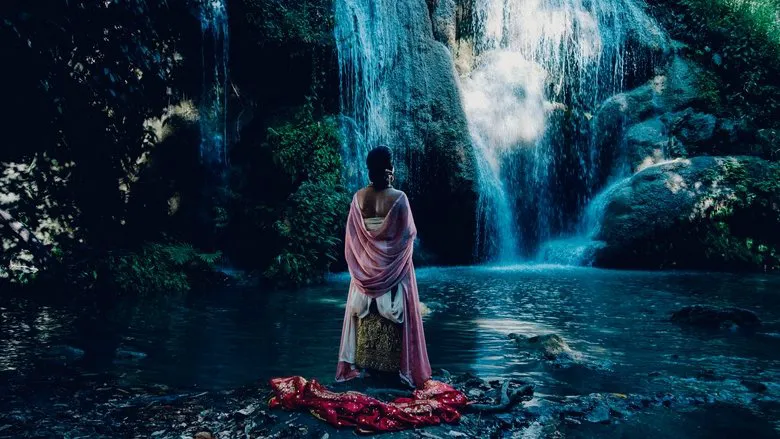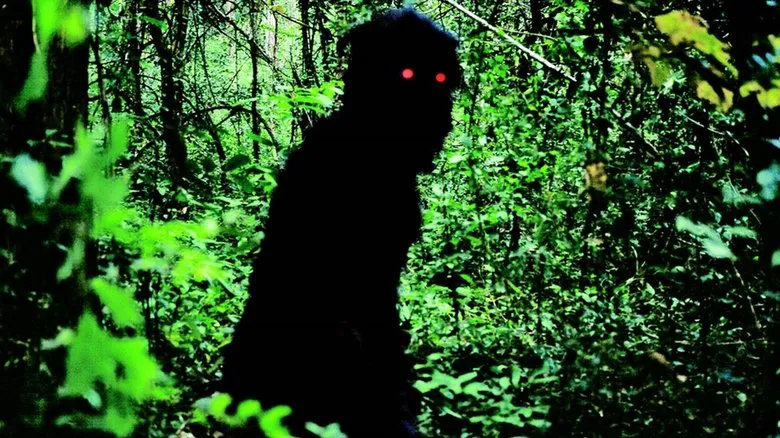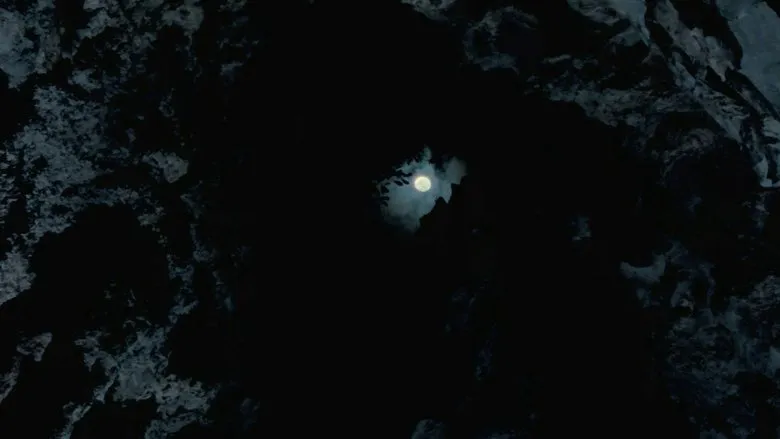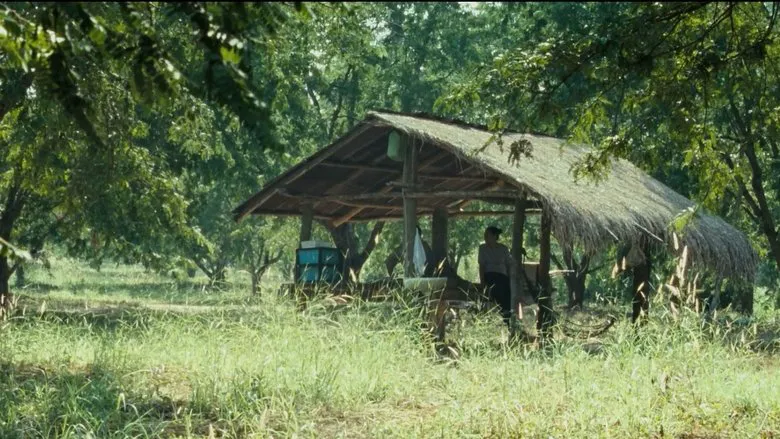Uncle Boonmee Who Can Recall His Past Lives: A Profound Journey Through Existence
Apichatpong Weerasethakul’s Palme d’Or-winning film, “Uncle Boonmee Who Can Recall His Past Lives,” invites audiences on an extraordinary and meditative exploration of life, death, memory, and the cyclical nature of existence. At its core, the narrative centers on Uncle Boonmee, portrayed with quiet dignity, as he confronts acute kidney failure in his final days. Choosing to return to his ancestral village, he seeks solace and closure amidst the familiar landscapes of his past. He is accompanied by his devoted nephew and his limping sister-in-law, a small group supporting him through his decline.

However, the film soon transcends ordinary reality. During a seemingly commonplace dinner, the boundaries between life and death, present and past, dissolve. They are joined by the benevolent ghost of Boonmee’s deceased wife, Jen, who reappears as if she had never left. Even more astonishing is the arrival of his long-lost son, Boonsong, who has undergone a profound transformation, now appearing as a large, black, fur-covered ape-like creature with glowing red eyes – a truly surreal and haunting image. This mystical reunion prompts Boonmee to contemplate the deep karmic threads that bind his present to his past lives, expressing his profound wish to die peacefully in the very cave where he believes he was born in countless previous incarnations. It is a journey inwards, connecting him to the primordial origins of his soul.
Exploring Karmic Symmetry and Dualities
Much like Weerasethakul’s celebrated earlier work, “Syndromes and a Century” (2006), “Uncle Boonmee…” masterfully delves into the profound theme of karmic symmetry. Both films posit a reality where past and future are not linear but rather two halves of an intricate mirror, perpetually reflecting and transforming into one another. In “Syndromes…,” the narrative unfolds within a hospital setting, a place traditionally associated with healing and salvation, yet intentionally divided into two contrasting halves: the older, more rustic section where a past generation of village doctors practiced, and the gleaming, high-tech modern facility where their descendants work and discover love forty years later. This structural duality visually underscores the timeless nature of human experience and connection.

“Uncle Boonmee…” similarly abounds with such doubles and mirrored existences. One pivotal sequence depicts a haughty Siamese princess, whose ageless reflection in a cunning lake tempts a suitor, only for her to reject him upon discovering his deceit. Centuries later, we witness a man — Boonmee himself — old, frail, and succumbing to kidney disease. Yet, unlike the princess, he does not reject but wholeheartedly embraces the spectral presence of his wife, who, miraculously, has not aged at all. This embrace becomes a powerful symbol of acceptance, transcendence, and a fundamental connection that defies time and mortality.
Inspirations and Stylistic Nuances
The film’s fascinating premise draws heavily from an actual book by a Buddhist monk, detailing a case study of an individual who recalled all of their past lives. This authentic source material grounds the film’s fantastical elements in a spiritual tradition that believes in the transmigration of souls.
Weerasethakul further enhances the film’s distinctive aesthetic by stylizing certain episodes to purposefully resemble classic Thai films and television series. This homage not only adds layers of cultural authenticity but also cultivates a dreamlike, almost folkloric quality, blurring the line between contemporary storytelling and timeless fables. These stylistic choices contribute to the film’s unique rhythm and visual language, making it feel simultaneously ancient and avant-garde.
The Illusion of Reality and Platonic Depths
The subtle yet profound mirror mutations and thematic doublings ultimately evolve from abstract concepts into tangible elements of the narrative, at times even taking on an almost anecdotal quality as characters seemingly split and recombine within the same frame in real-time. Weerasethakul’s signature directorial composure, often bordering on the serene stillness of video art, belies the deeper currents of suffering and loss. Behind the picturesque Rousseau-esque jungle paradise, with its deceptively naive tigers and tranquil tamarind gardens, lies the emotional landscape of a devastated man who has endured much, both in this life and perhaps across many.

The poignant embrace between Uncle Boonmee and the ghost of his beloved wife stands as a moment of profound truth and acceptance. The film’s outwardly serene symmetry, rather than dissolving into conventional Chekhovian or Shakespearean drama, transforms into something far more abstract and Platonic. The very cave where Boonmee finally chooses to die is presented as a contemporary echo of Plato’s Cave. However, instead of projecting ideal forms, this cavern serves as a backdrop for the endless, ephemeral parade of reincarnations, with its inhabitants — including us, the viewers — merely their temporal shadows.
In “Syndromes and a Century,” the illusion of these projections and their accompanying suffering found an unexpected conduit in the hospital’s ventilation pipes, drawing out and externalizing the internal turmoil. In “Uncle Boonmee…,” salvation, or at least a unique form of clarity and connection, is unexpectedly granted by the film camera itself. In essence, the camera becomes another iteration of Plato’s Cave, yet one that astonishingly projects illusions backwards. It possesses the alchemical power to render the intangible tangible, to bring the past vividly into the present, to resurrect the dead into vibrant existence, and to make the supernatural an objective, undeniable reality before our very eyes. This remarkable capability makes “Uncle Boonmee Who Can Recall His Past Lives” not just a film, but an immersive and unforgettable spiritual experience.

A Masterpiece of Mystical Cinema
Awarded the prestigious Palme d’Or at the Cannes Film Festival, “Uncle Boonmee Who Can Recall His Past Lives” cemented Apichatpong Weerasethakul’s reputation as a visionary filmmaker, capable of crafting narratives that defy conventional structures and delve into territories rarely explored in cinema. It remains a poetic, challenging, and deeply moving film that continues to resonate with audiences long after the credits roll, inviting contemplation on the vast mysteries of life, consciousness, and the cosmic cycle of becoming.